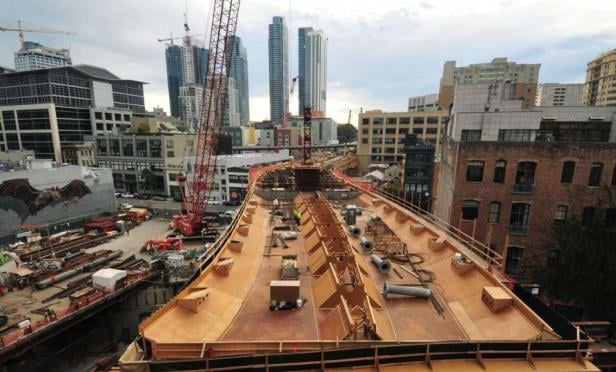NEW YORK CITY – It's an emotional issue with more perspectives beyond what an initial glance may suggest. Despite its unanimous 42-0 City Council vote for approval, the law to increase mandatory construction safety training still has its opponents. Jaumaane Williams, who chairs the Housing and Building Committee and sponsored Bill 1447-C, calls it a landmark step to help ensure the safety of workers. But Real Estate Board of New York president John Banks argues the legislation fails to address concerns over access to training and costs, resulting in fewer construction job opportunities for New Yorkers.
Diverging views go beyond characterizations of worker protections pitted against management concerns over costs. A New York Amsterdam News article titled "MWBE Advocates Claim Intro. 1447 Shuts Blacks Out" reports minority and women business owners believe the bill adds another barrier for black and Latino workers who want construction jobs but lack union connections.
Recommended For You
Want to continue reading?
Become a Free ALM Digital Reader.
Once you are an ALM Digital Member, you’ll receive:
- Breaking commercial real estate news and analysis, on-site and via our newsletters and custom alerts
- Educational webcasts, white papers, and ebooks from industry thought leaders
- Critical coverage of the property casualty insurance and financial advisory markets on our other ALM sites, PropertyCasualty360 and ThinkAdvisor
Already have an account? Sign In Now
*May exclude premium content© 2025 ALM Global, LLC, All Rights Reserved. Request academic re-use from www.copyright.com. All other uses, submit a request to [email protected]. For more information visit Asset & Logo Licensing.









